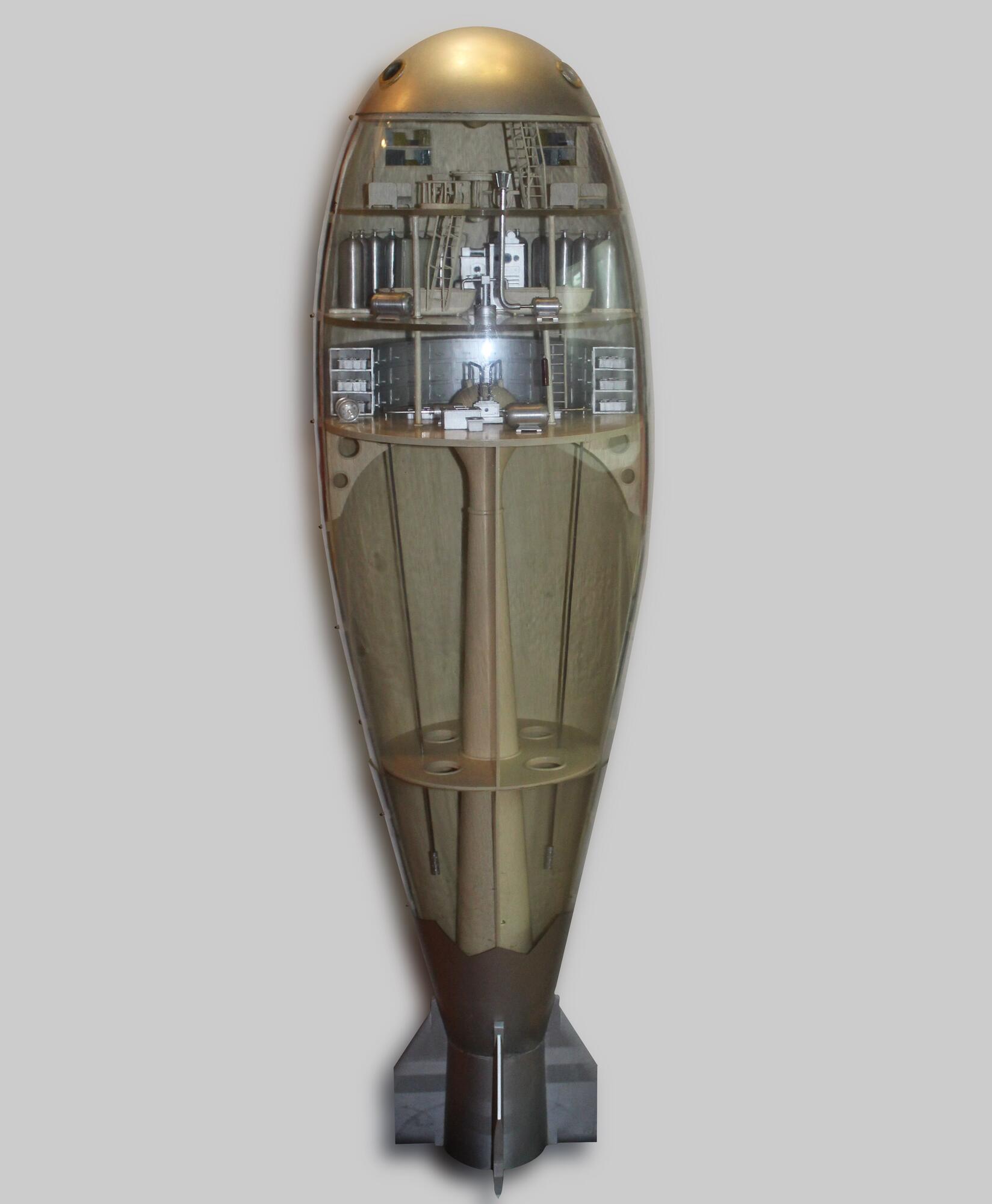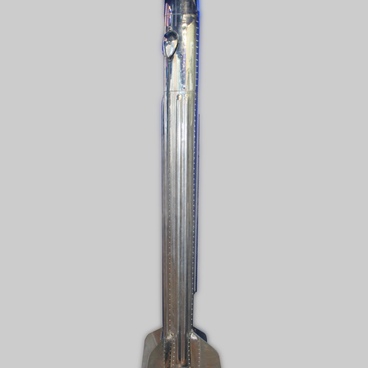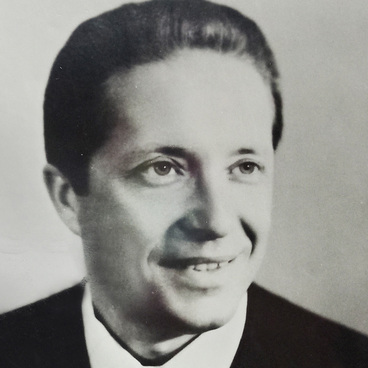The science fiction body of work of the scientist was relatively limited. But they played an important role when he began writing major scientific works on jet propulsion and interplanetary communications.
In the first work on this topic – ‘Free Space’ - the scientist formulated for the first time the idea: the spacecraft should have a jet engine. Tsiolkovsky developed a blueprint of the ship and described its design. In 1903, in his paper ‘Exploration of Outer Space by Means of Rocket Devices’ Tsiolkovsky developed up a complete description of the spacecraft - the rocket.
‘For a long time I looked at the rocket like everyone else: in terms of entertainment and small applications. I don’t remember well how it occurred to me to make calculations relating to the missile’.
Konstantin Tsiolkovsky
The mathematical calculations of the scientist proved: to overcome the earth’s gravitational pull and go on space travel is possible. His rocket had the appearance of a wingless bird that was developing an incredible speed of 7,880 meters per second.
Tsiolkovsky came to the conclusion that a zero gravity condition would occur in flight immediately after engine shut down. Astronauts will be forced to live and work under unusual conditions of low weight. This is how the scientist described this picture: ‘All the objects that are not attached to the rocket have left their places and are hanging in the air without touching anything… We ourselves don’t touch the floor and accept any position, direction: standing on the floor, on the ceiling and on the wall, standing perpendicular and tilted, swimming in the middle of the rocket like fish, but without effort’.
To launch a rocket, the scientist offered liquid fuel using liquid oxygen, hydrogen, oil and its derivatives. He foresaw that it would be virtually impossible to control the rocket manually, and suggested automatic control using gas rudder. These ideas were later put into practice.
The model of the rocket designed by Tsiolkovsky was transferred to the museum in December 1967 by the scientific committee on exhibitions of the USSR Academy of Sciences. The model is built under the direction of YAkov PerelmAn based on the drawings made by Tsiolkovsky in 1915. Just like Tsiolkovsky proposed, the rocket is streamlined, with a fuel section at the bottom and a residential one at the top.
The scientist was thinking that the great acceleration of a rocket increases gravity, and it could be dangerous for a living thing. He suggested special baths in which an astronaut would be at the most dangerous moments: “In liquid medium, a person loses weight. Therefore, in liquid medium the creature can withstand enormous acceleration”. In the habitation section of the model of the Tsiolkovsky rocket we can see these baths. In many other respects, however, the residential section in the rocket resembles a terrestrial dwelling, although Tsiolkovsky insisted that under weightlessness the “interior” should be special.
‘For a long time I looked at the rocket like everyone else: in terms of entertainment and small applications. I don’t remember well how it occurred to me to make calculations relating to the missile’.
Konstantin Tsiolkovsky
The mathematical calculations of the scientist proved: to overcome the earth’s gravitational pull and go on space travel is possible. His rocket had the appearance of a wingless bird that was developing an incredible speed of 7,880 meters per second.
Tsiolkovsky came to the conclusion that a zero gravity condition would occur in flight immediately after engine shut down. Astronauts will be forced to live and work under unusual conditions of low weight. This is how the scientist described this picture: ‘All the objects that are not attached to the rocket have left their places and are hanging in the air without touching anything… We ourselves don’t touch the floor and accept any position, direction: standing on the floor, on the ceiling and on the wall, standing perpendicular and tilted, swimming in the middle of the rocket like fish, but without effort’.
To launch a rocket, the scientist offered liquid fuel using liquid oxygen, hydrogen, oil and its derivatives. He foresaw that it would be virtually impossible to control the rocket manually, and suggested automatic control using gas rudder. These ideas were later put into practice.
The model of the rocket designed by Tsiolkovsky was transferred to the museum in December 1967 by the scientific committee on exhibitions of the USSR Academy of Sciences. The model is built under the direction of YAkov PerelmAn based on the drawings made by Tsiolkovsky in 1915. Just like Tsiolkovsky proposed, the rocket is streamlined, with a fuel section at the bottom and a residential one at the top.
The scientist was thinking that the great acceleration of a rocket increases gravity, and it could be dangerous for a living thing. He suggested special baths in which an astronaut would be at the most dangerous moments: “In liquid medium, a person loses weight. Therefore, in liquid medium the creature can withstand enormous acceleration”. In the habitation section of the model of the Tsiolkovsky rocket we can see these baths. In many other respects, however, the residential section in the rocket resembles a terrestrial dwelling, although Tsiolkovsky insisted that under weightlessness the “interior” should be special.



